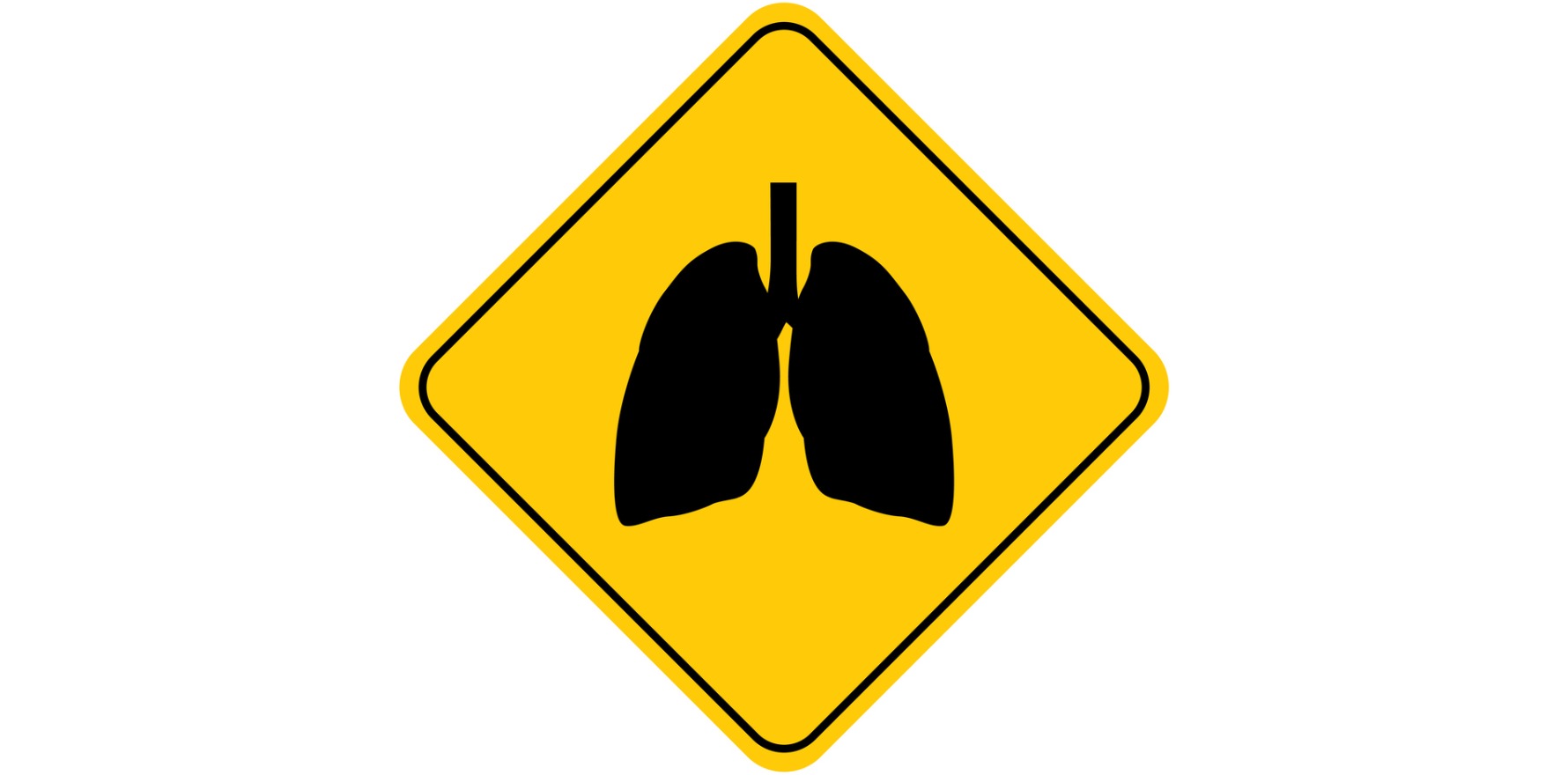Findings from 92 studies show up to 20% of lung cancers arise in people who have never smoked, characterised by EGFR and ALK mutations.
Up to one in five cases of lung cancer occur in individuals who have never smoked, according to an Australian-led systematic review published in JAMA.
The analysis, which synthesised findings from 92 international studies, highlighted lung cancer in never-smokers as a distinct clinical and molecular entity with implications for prevention, screening and treatment strategies.
“Lung cancer in nonsmoking individuals accounts for 15% to 20% of lung cancer cases worldwide,” the authors wrote.
“Among patients with lung cancer, nonsmoking individuals are more likely to have genomic alterations such as EGFR mutations or ALK gene rearrangements, and these patients have improved survival when treated with tyrosine kinase inhibitors compared with chemotherapy.”
The study also noted the challenges associated with early diagnosis in this cohort.
“Most nonsmoking individuals with lung cancer are diagnosed at an advanced stage, typically with unresectable locally advanced disease (stage III) or distant metastases (stage IV),” the authors wrote.
“In a retrospective cohort study of 254 nonsmoking patients with lung cancer, 62.9% were diagnosed with stage III or IV disease. In another retrospective cohort study of 795 nonsmoking patients, 43.4% were diagnosed with stage IIIB to IV cancer.
“Early detection of lung cancer in nonsmoking individuals may be difficult due to absence of routine screening in this population and the often-nonspecific symptoms such as cough and fatigue.
“However, staging at diagnosis can vary significantly by geography and by use of CT screening. For example, in the targeted low-dose CT screening trial for high-risk people who had never smoked in Taiwan, 246 of 257 (95.7%) were diagnosed with stage IA or IB lung cancer, demonstrating the potential effect of screening in shifting diagnosis toward earlier stages.”
Australia introduced bulk-billed low-dose CT scans to screen for lung cancer following a GP referral for asymptomatic patients who have a history of smoking of at least 30 pack-years in July this year. The scheme currently does not provide free access for never-smokers.
Related
The JAMA review defined never-smokers as individuals who had smoked fewer than 100 cigarettes in their lifetime and estimated that this group accounts for 15–20% of lung cancer diagnoses globally, representing approximately 300,000 to 400,000 new cases annually.
Adenocarcinoma was identified as the predominant histological subtype, comprising 60–80% of cases, in contrast to the squamous and small cell carcinomas more typically associated with tobacco use.
Environmental and genetic factors were identified as key contributors to disease risk. Exposure to second hand smoke, radon, asbestos and air pollution were consistently associated with increased incidence.
The authors noted that fine particulate matter (PM2.5) from industrial and vehicular emissions contributed to an estimated 200,000 cases of lung adenocarcinoma worldwide each year, while radon exposure was responsible for approximately 21,000 deaths annually in the US.
A family history of lung cancer in a first-degree relative was also found to increase risk.
Molecular profiling demonstrated that lung cancers in never-smokers harboured distinct genomic features compared with those in smokers. Activating mutations in the epidermal growth factor receptor (EGFR) gene occurred in 40–60% of tumours among never-smokers, compared with around 10% in smokers, while ALK rearrangements are observed in up to 12% of never-smoker cases and only 2% of smoker-associated tumours.
These findings supported a model of oncogenesis driven primarily by genomic alterations rather than carcinogen exposure, the authors said.
The review also examined implications for screening and treatment. Current low-dose CT screening criteria, such as those recommended by the US Preventive Services Task Force, did not include never-smokers, as eligibility is based on cumulative tobacco exposure.
However, targeted screening programs in East Asia, such as those implemented in Taiwan, have identified high detection rates among never-smokers with a family history of lung cancer, with more than 75% of cases diagnosed at stage I.
Therapeutically, the presence of actionable driver mutations has transformed outcomes in this subgroup, the authors said.
For example, patients with EGFR-mutated non–small cell lung cancer (NSCLC) treated with osimertinib demonstrated median overall survival approaching 40 months, compared with around 20 months with chemotherapy.
Similarly, ALK-positive NSCLC treated with lorlatinib has shown five-year progression-free survival exceeding 60%. In contrast, immunotherapy yielded limited benefit in never-smokers, likely due to low tumour mutational burden and reduced neoantigen expression.
Median survival among never-smokers with advanced NSCLC and targetable alterations now exceeds three to five years, compared with one to two years in those lacking such mutations.
The authors concluded that lung cancer in never-smokers should be recognised as a separate disease entity, distinct from tobacco-related lung cancer in its epidemiology, molecular pathogenesis and therapeutic response.
They emphasised that declining global smoking rates were altering the landscape of lung cancer epidemiology.
Improved understanding of the molecular and environmental drivers of lung cancer in never-smokers, along with refinement of screening strategies and development of precision-based treatments, will be essential to reducing disease burden in this growing patient population.
They noted research was already being done in this area.
“Ongoing trials, such as the Female Asian Nonsmoker Screening Study (FANSS), in the US are evaluating potential benefits of screening for lung cancer among high-risk groups of nonsmoking individuals,” they wrote.
“In addition, studies of biomarker-based early detection approaches in blood (such as multicancer early detection tests and proteomic approaches) are in progress to determine whether lung cancers can be detected at an early and more curable stage.”
They also acknowledged that the review had several limitations, including the fact that smoking history was often not included in many databases, cancer registries and clinical trials, making it difficult to accurately determine the incidence and prevalence of lung cancer in nonsmoking individuals and to evaluate treatment outcomes based on smoking status.
“Second, accurate quantification of environmental exposures, such as air pollution, is challenging,” they wrote.
“Third, the quality of the evidence was not formally evaluated. Fourth, some articles may have been missed.”





